Take-aways:
- Teclistamab produced a deep and durable response in patients with relapsed/refractory myeloma after at least three lines of therapy.
- With a median follow-up of 14.1 months, the ORR was 63.0%, with 65 patients (39.4%) having a CR or better.
- A total of 44 patients (26.7%) were found to be MRD-negative, with an MRD negativity rate of 46% among patients with a CR or better.
The phase I/II MajesTEC-1 study demonstrated that teclistamab produced a high rate of deep and durable response in patients with relapsed or refractory multiple myeloma (MM) after at least three therapy lines, including triple-class exposure to an immunomodulatory drug, a proteasome inhibitor, and an anti-CD38 antibody.
In the phase I, dose-defining part of the study, “Teclistamab showed promising efficacy in patients with relapsed or refractory MM,” the team of researchers, led by Philippe Moreau, MD, of the University Hospital in Nantes, France, noted.
Teclistamab is a bispecific antibody with dual binding sites targeting both CD3 expressed on the surface of T cells and B-cell maturation antigen (BCMA) expressed on the surface of myeloma cells. It works by redirecting CD3-positive T cells to BCMA-positive myeloma cells, resulting in T-cell activation and subsequent lysis and death of BCMA-positive cells. This effect occurs regardless of T-cell receptor specificity or major histocompatibility complex class I molecules on the surface of the myeloma cells.
Study Design
Patients enrolled in the study had previously received at least three lines of therapy and had progressive, measurable disease at screening.
Previous treatment with a BCMA-targeted therapy was not allowed, and eligible patients were required to have an Eastern Cooperative Oncology Group performance status score of 0 or 1.
Between March 3, 2020, and August 13, 2021, 165 patients were enrolled at 35 sites in nine countries to receive teclistamab at the recommended phase II dose of 1.5 mg/kg. Among these patients, 77.8% had triple-class refractory disease, and patients received a median of five previous therapies.
The median patient age was 64 years (range, 33-84 years), and the median time between diagnosis and the first dose of teclistamab was six years (range, 0.8-22.7 years). Among the 148 patients with available cytogenetic data, 38 (25.7%) had at least one high-risk cytogenetic abnormality, defined as del(17p), t(4;14), or t(14;16).
Patients received a weekly subcutaneous injection of teclistamab after receiving step-up doses of 0.06 mg/kg and 0.3 mg/kg. The step-up doses were separated by two to four days and were completed two to four days before the administration of the first full teclistamab dose.
Hospitalization and premedication with dexamethasone 16 mg, acetaminophen, and diphenhydramine were required for each step-up dose and for the first full dose of teclistamab. The cycle duration was 21 days in phase I and 28 days in phase II. Patients continued to receive teclistamab until disease progression, unacceptable toxicity, withdrawal of consent, death, or the end of the study (defined as two years after the administration of the first dose of teclistamab in the last enrolled patient).
The primary endpoint was overall response (ORR; defined as a partial response or better according to the criteria of the International Myeloma Working Group) as assessed by an independent review committee.
Potential for Teclistamab
With a median follow-up of 14.1 months, the ORR was 63%. A very good partial response or better occurred in 97 patients (58.8%), and a complete response (CR) or better occurred in 65 patients (39.4%). See FIGURE 1 for all responses. The median time to first response was 1.2 months (range, 0.2-5.5 months), and the median time to best response was 3.8 months (range, 1.1-16.8 months).

A total of 44 patients (26.7%) had no minimal residual disease (MRD); the MRD negativity rate among the patients with a CR or better was 46%. MRD was assessed by next-generation sequencing of DNA obtained from bone marrow aspirate with a threshold of 10−5 cells.
The median duration of progression-free survival was 11.3 months (95% CI, 8.8-17.1). The median duration of response was 18.4 months, and at data cutoff, most patients were still experiencing response to treatment.
Responses were consistent across clinically relevant subgroups, including patients with high-risk cytogenetic abnormalities or penta-drug refractory disease.
Common adverse events included cytokine release syndrome (72.1%), neutropenia (70.9%), anemia (52.1%), and thrombocytopenia (40.0%). Infections were frequent, occurring in 76.4% of patients, of which 44.8% were grade 3/4.
A total of 68 patients (41.2%) died, with most deaths (n=41) attributed to progressive disease. Of the 19 deaths due to adverse events, 12 were attributed to COVID-19, which was consistent with the higher mortality observed from COVID-19 in patients with hematologic cancers at the time of the study.
Of the 146 patients who had received the recommended phase II dose and could be evaluated for immunogenicity, none had antibodies against teclistamab.
“In this phase I/II study, teclistamab had substantial clinical activity that compares favorably with that of existing therapies for patients with heavily pretreated relapsed or refractory MM,” the authors wrote. “The high rate of deep and durable responses in this population indicates the potential for teclistamab to provide substantial clinical benefit to a broader population of patients.”
The study was funded by Janssen Research and Development.
Reference
Moreau P, Garfall AL, van de Donk NWCJ, et al. Teclistamab in relapsed or refractory multiple myeloma. N Engl J Med. 2022. doi:10.1056/NEJMoa2203478

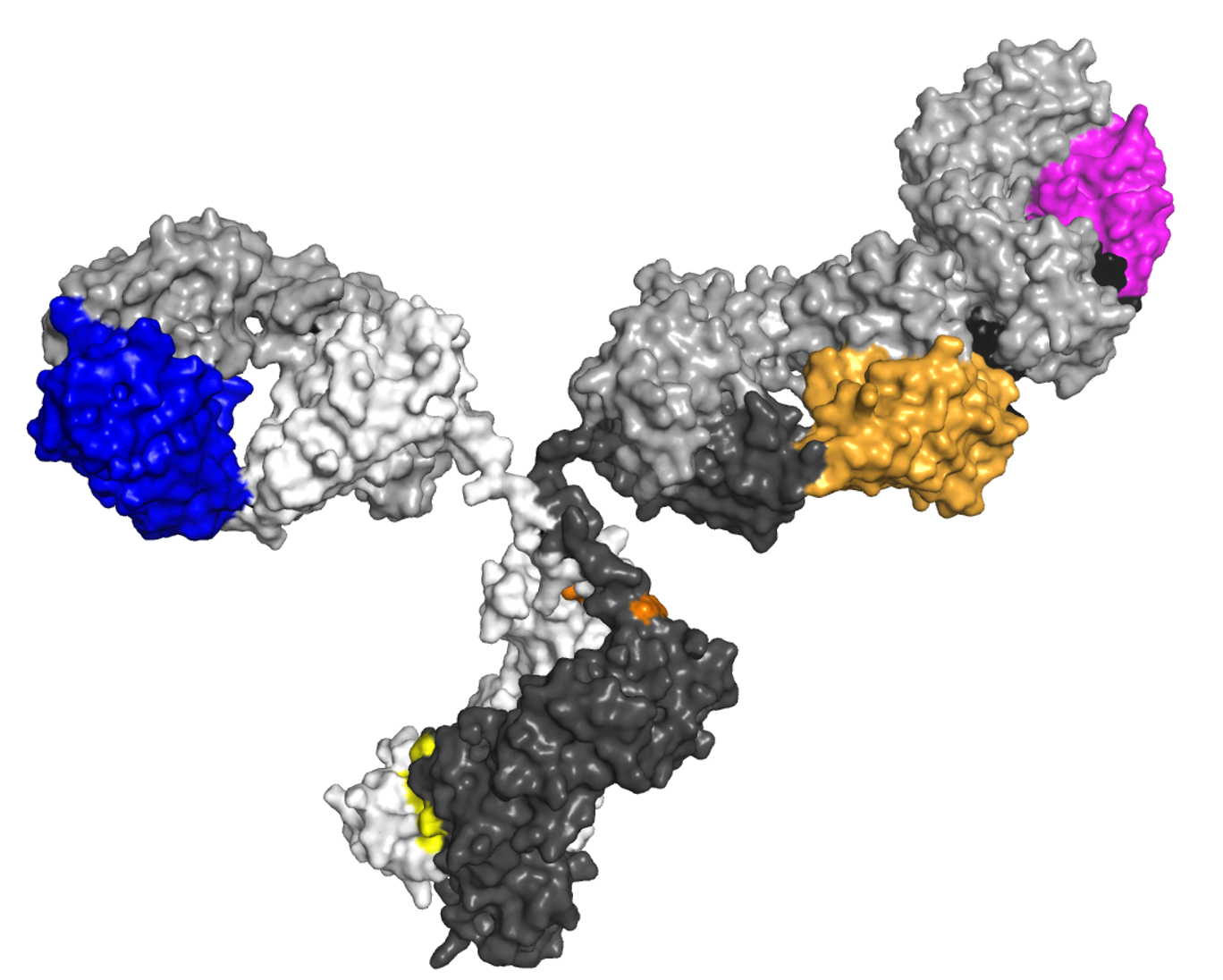
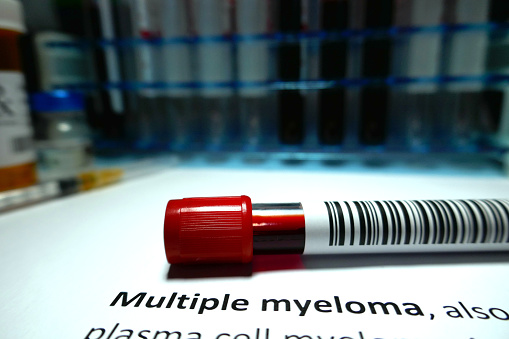
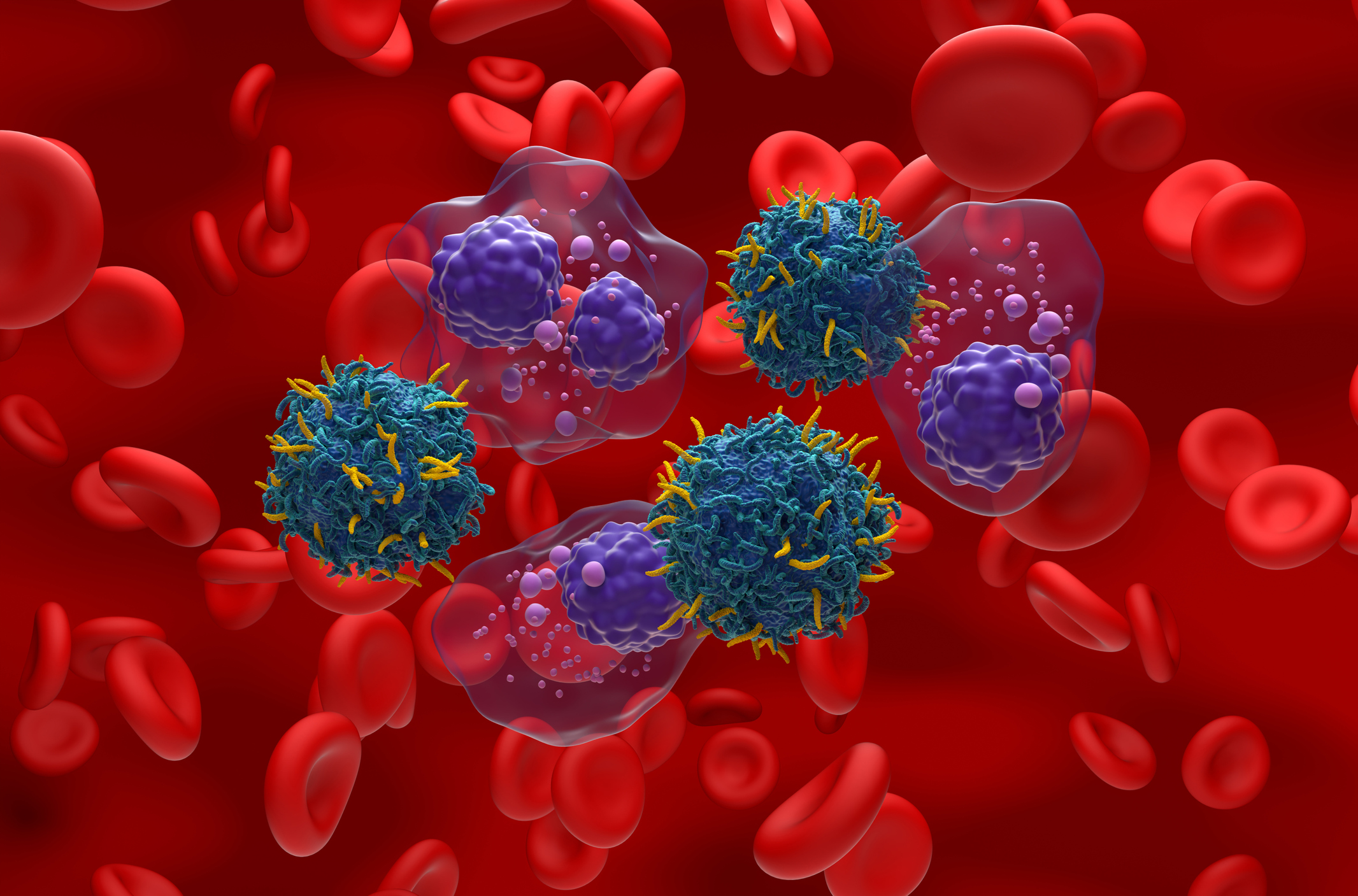
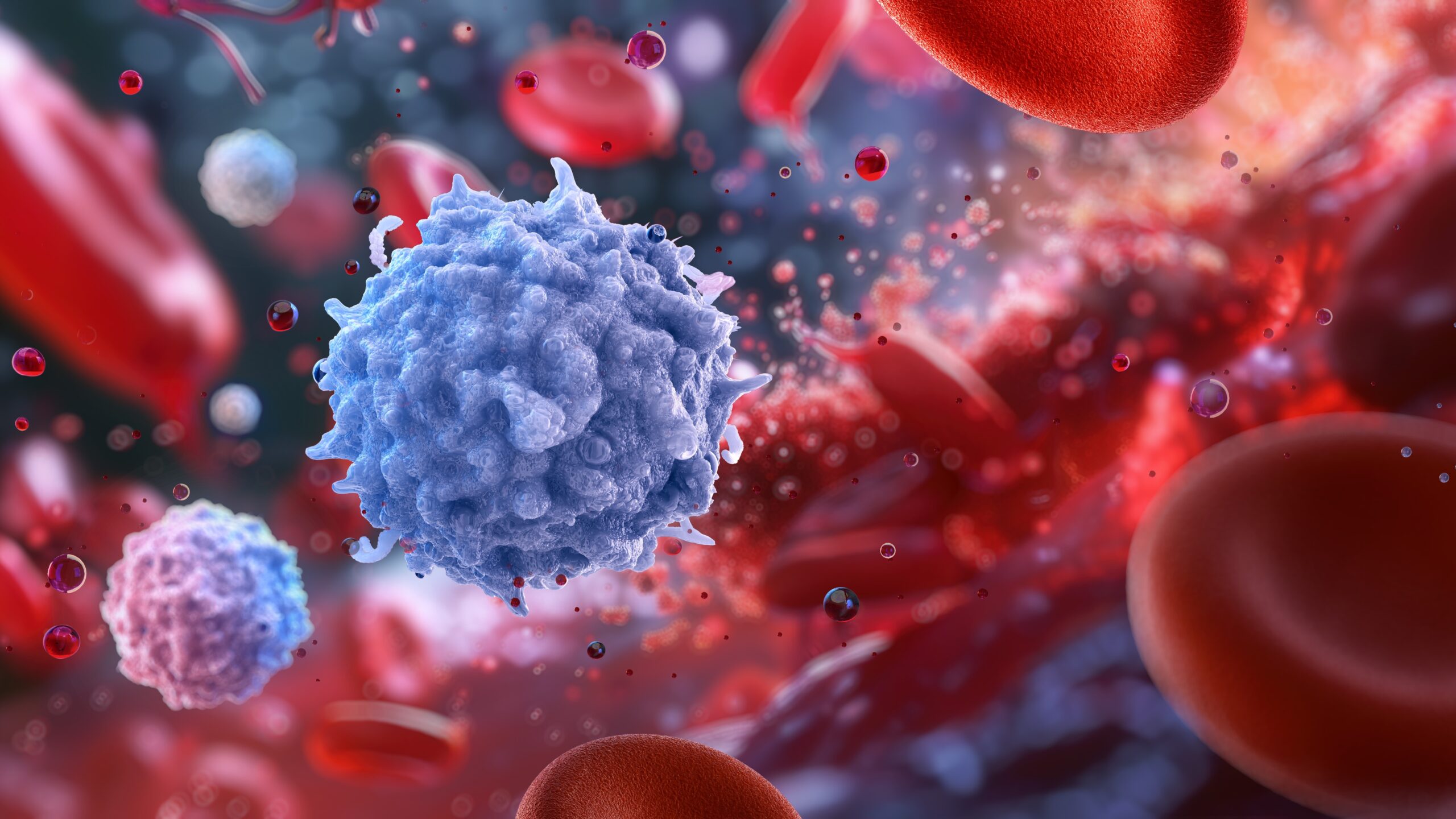
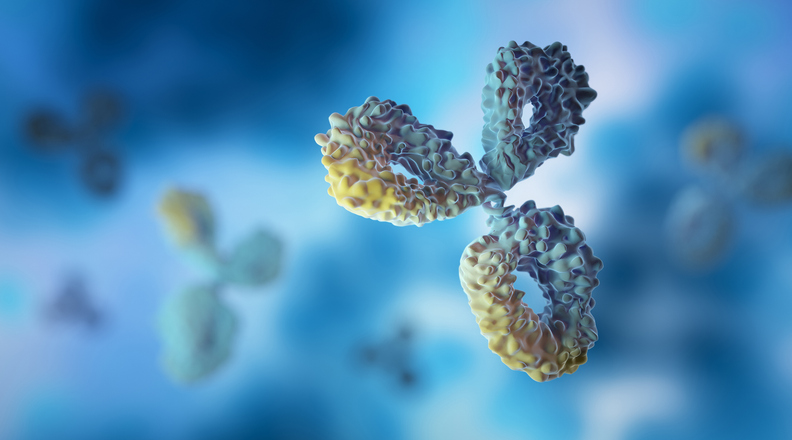
 © 2025 Mashup Media, LLC, a Formedics Property. All Rights Reserved.
© 2025 Mashup Media, LLC, a Formedics Property. All Rights Reserved.